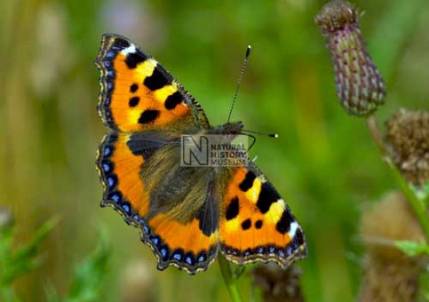LIFE SCIENCES DEPARTMENT SEMINAR
Using the NHM collections to track the long-term seasonal response of British butterflies to climate change
Steve Brooks
Department of Life Sciences, NHM
Wednesday 29 January 11:00
Sir Neil Chalmers seminar room, Darwin Centre LG16 (below Attenborough studio)
Changes in the emergence dates of British butterflies have been documented from observational monitoring data which mostly date from the 1970s. Few data, however, are currently available to extend the baseline to the period before the onset of rapid climate change. An important, but neglected, source of information is available in the NHM collections, which can extend this record to the mid-19th century. Our results show that British butterfly collection data reflect phenological responses to temperature. First collection dates of museum specimens advance during warm years and retreat during cold years. Rates of change, however, appear to be slowing in some species, when compared to recent observational data, suggesting some species may be approaching the limits of phenological advancement. Steve Brooks will discuss the potential of the NHM collections to study the response of animals and plants to recent climate change.
For additional details on attending this or other seminars see http://www.nhm.ac.uk/research-curation/seminars-events/index.html



